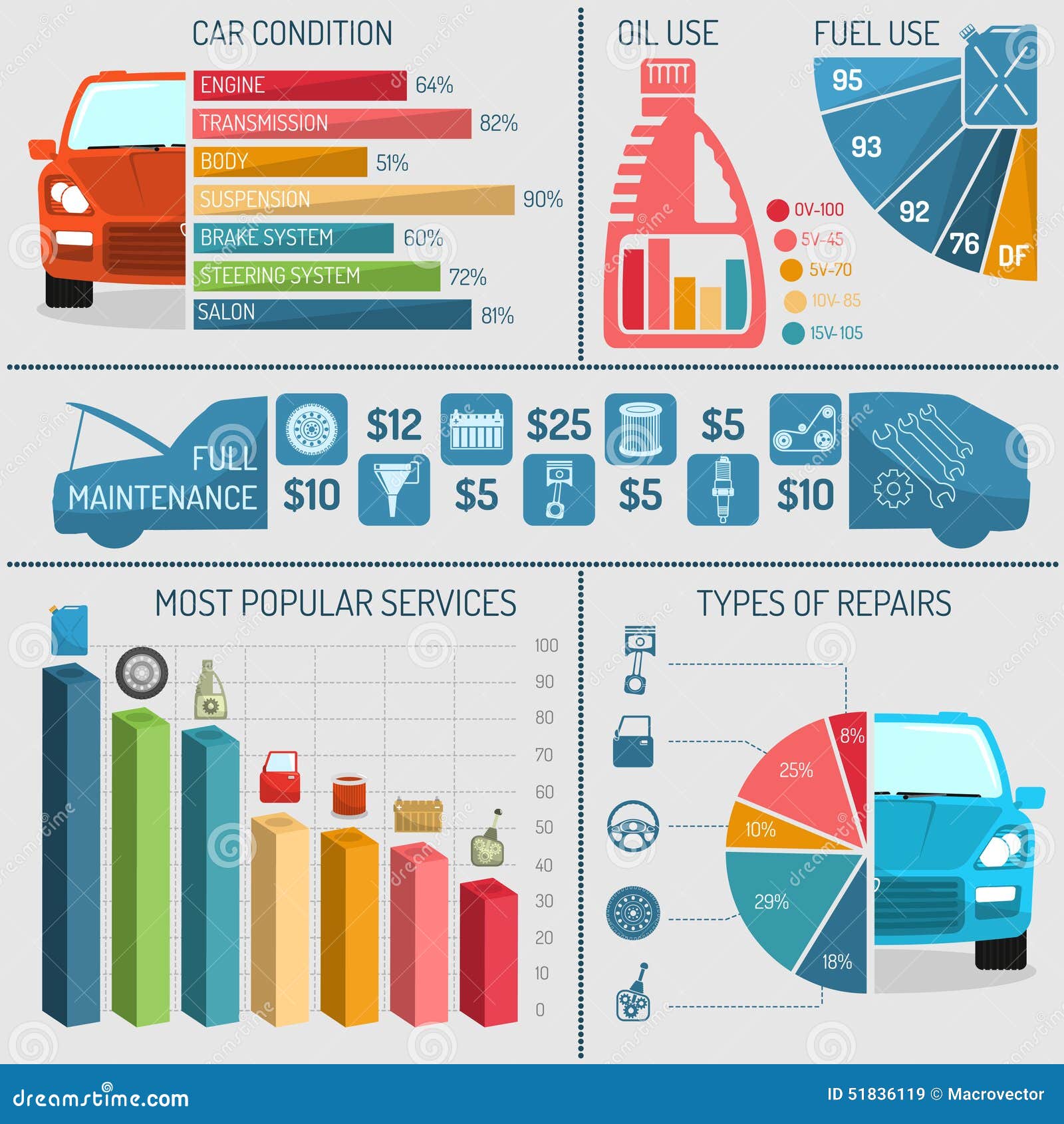Deciphering Your Automobile'S Caution Indicators: What They Truly Indicate
Deciphering Your Automobile'S Caution Indicators: What They Truly Indicate
Blog Article
Writer-Sykes Corbett
When you lag the wheel, those radiant warning lights on your control panel can be a little bit perplexing. Do you know what they're trying to tell you about your auto's health? Comprehending the relevance of these lights is essential for your security and the durability of your lorry. So, the next time among those lights turns up, would not you intend to decode its message properly and take the necessary steps to address it?
Common Warning Lighting and Interpretations
Determine typical warning lights in your automobile and comprehend their definitions to make sure secure driving.
https://air-lift-performance-kits40517.blogdeazar.com/30412849/critical-tools-every-car-fixing-center-should-possess of the most regular caution lights consist of the check engine light, which indicates issues with the engine or emissions system. If visit my homepage comes on, it's important to have your vehicle examined quickly.
The oil stress warning light shows low oil pressure, calling for immediate focus to prevent engine damage.
A blinking battery light may recommend a defective charging system, possibly leaving you stranded if not resolved.
The tire stress monitoring system (TPMS) light alerts you to low tire stress, influencing automobile security and gas efficiency. Ignoring this might result in hazardous driving problems.
The abdominal muscle light suggests a problem with the anti-lock stopping system, jeopardizing your capacity to stop rapidly in emergencies.
Lastly, the coolant temperature alerting light warns of engine getting too hot, which can cause extreme damages otherwise fixed promptly.
Comprehending these common caution lights will certainly assist you address concerns promptly and maintain risk-free driving conditions.
Value of Prompt Interest
Understanding the common caution lights in your auto is just the primary step; the value of promptly addressing these cautions can't be emphasized enough to guarantee your security when driving.
When a warning light brightens on your control panel, it's your cars and truck's way of interacting a potential concern that needs interest. Neglecting these warnings can cause more serious issues in the future, compromising your safety and potentially costing you a lot more out of commission.
Trigger focus to cautioning lights can stop failures and accidents. For example, a flashing check engine light might indicate a misfire that, if left neglected, can cause damages to the catalytic converter. Addressing this promptly can conserve you from an expensive repair.
In a similar way, a brake system alerting light may indicate reduced brake fluid or used brake pads, important elements for your safety when driving.
Do It Yourself Troubleshooting Tips
If you discover a warning light on your control panel, there are a couple of do it yourself troubleshooting ideas you can attempt prior to seeking specialist assistance.
The very first step is to consult your car's manual to comprehend what the specific caution light indicates. Sometimes the problem can be as basic as a loose gas cap triggering the check engine light. Tightening up the gas cap might resolve the issue.
Another typical issue is a reduced battery, which can cause different alerting lights. Checking the battery connections for deterioration and ensuring they're safe might repair the trouble.
If a warning light persists, you can try resetting it by detaching the car's battery for a few minutes and afterwards reconnecting it. Additionally, inspecting your lorry's fluid levels, such as oil, coolant, and brake fluid, can aid repair warning lights connected to these systems.
Final thought
In conclusion, comprehending your automobile's caution lights is necessary for keeping your vehicle running efficiently and securely. By immediately addressing these informs and recognizing what they imply, you can prevent costly repair work and possible malfunctions.
Remember to consult your auto's handbook for certain information on each alerting light and take action accordingly to ensure a trouble-free driving experience.
Keep notified, remain secure on the road!
